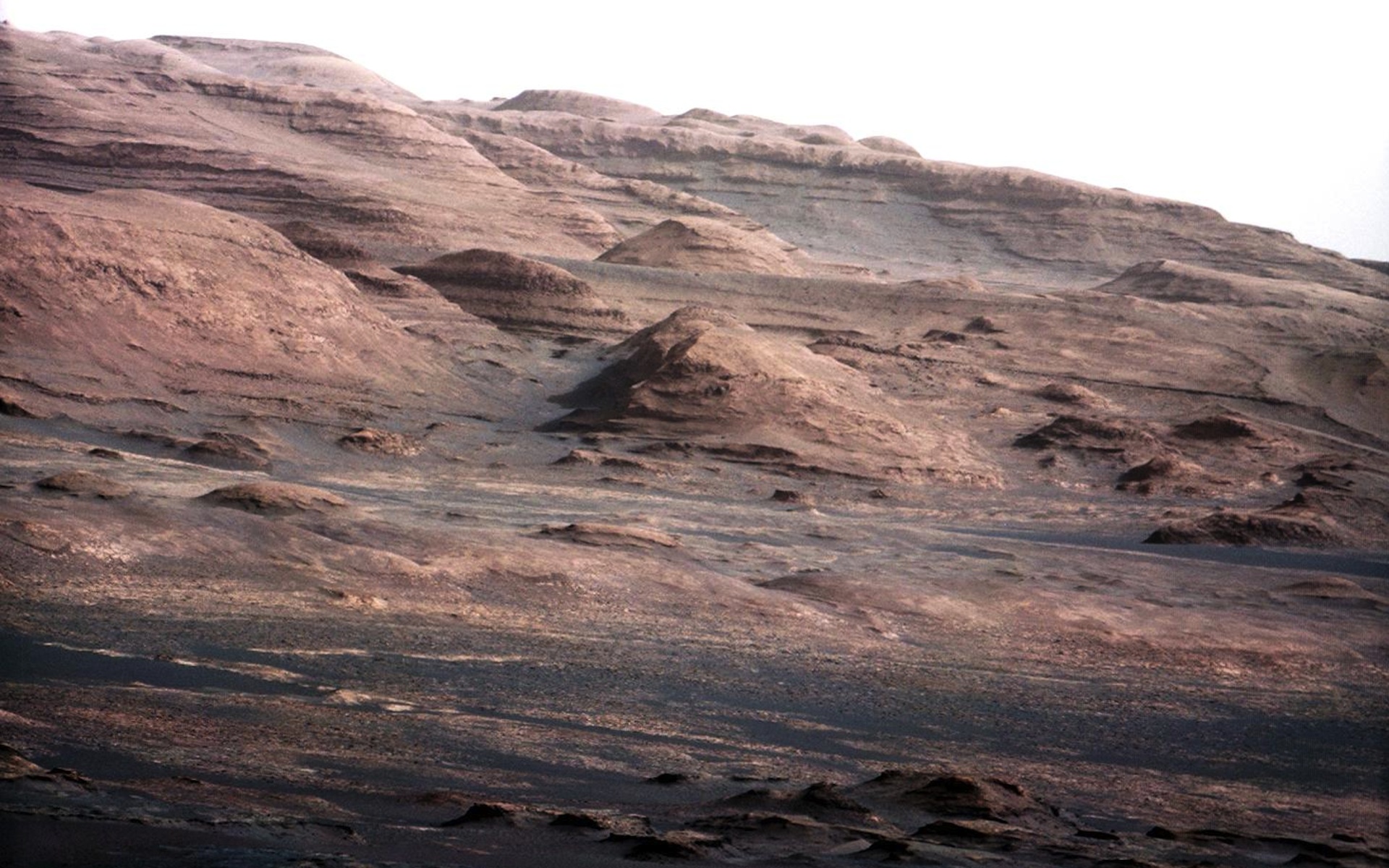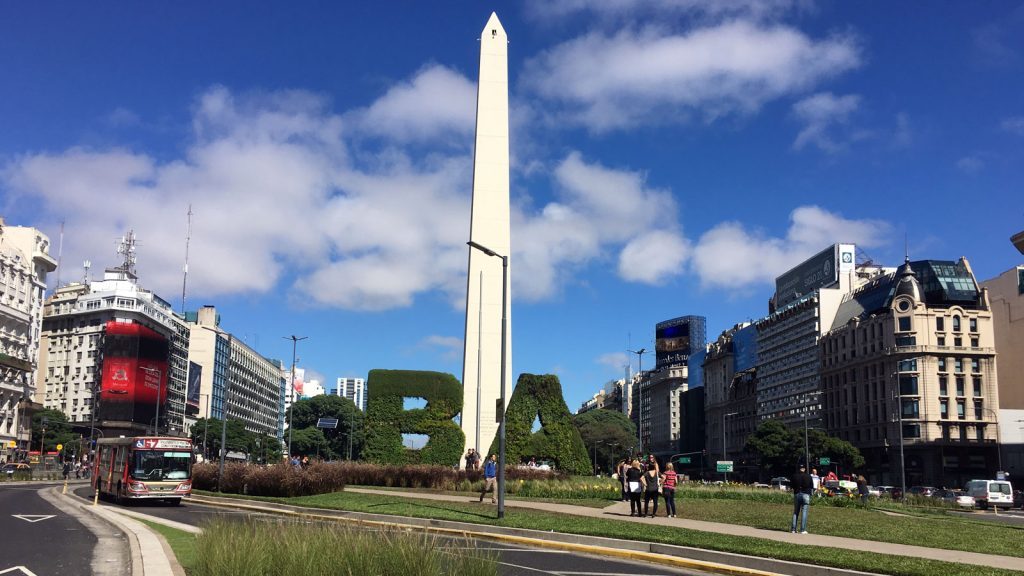Archeologists find ancient child remains inside Maya altar
Human remains, a mysterious dart, and the painting of a deity reveal an 'extraordinary period of turbulence.' The post Archeologists find ancient child remains inside Maya altar appeared first on Popular Science.

The painting and artistry is not what sticks out to archeologists at a newly discovered ancient altar in Guatemala. The likely sacrificed human remains and its craftsmanship tells the story of a major conflict between a Maya city-state and a powerful rival. The findings are detailed in a study published April 8 in the journal Antiquity.
Archaeologists believe that the altar was built around the late 300s CE in the Maya city of Tikal. It is decorated with four panels painted red, black, and yellow and depict a person wearing a feathered headdress near regalia and shields. The face itself looks a bit like other depictions of a Maya deity called the “Storm God,” with somewhat almond-shaped eyes, a nose bar, and a double earspool.

Heather Hurst
The team believes that it was created by an unknown highly skilled artisan who was trained in Teotihuacan. This formidable ancient power was centered about 630 miles west of Tikal, outside present-day Mexico City.
“It’s increasingly clear that this was an extraordinary period of turbulence at Tikal,” Stephen Houston, a study co-author and archaeologist at Brown University, said in a statement. “What the altar confirms is that wealthy leaders from Teotihuacan came to Tikal and created replicas of ritual facilities that would have existed in their home city. It shows Teotihuacan left a heavy imprint there.”
The cities of Tikal and Teotihuacan
Established around 850 BCE, Tikal initially existed as a small city with little influence in the area. Around 100 CE, the city became a larger and more powerful dynasty. Temples from this large city-state still stand in the jungle and its residents battled with the Kaanul dynasty for dominance of the greater Maya world.
Teotihuacan, “the city of the gods” or “the place where men become gods,” was home to the Temples of the Sun and Moon. Over 100,000 people lived within its roughly eight square miles and it was one of the largest cities in the world at its peak between 100 BCE and 750 CE. Ultimately, Teotihuacan was mysteriously abandoned before the Aztecs rose during the 14th century.
Archaeologists have some evidence that Tikal and Teotihuacan began regularly interacting around 650 BCE. According to Houston, what first appeared to be casual trading quickly became more strained.
“It’s almost as if Tikal poked the beast and got too much attention from Teotihuacan,” Houston said. “That’s when foreigners started moving into the area.”
[ Related: Ancient Maya masons had a smart way to make plaster stronger. ]
The altar’s sacrifices
In the 1960s, archaeologists found a cut stone with well-preserved text describing the conflict between the two cities in broad terms. The stone’s text revealed that Teotihuacan was “essentially decapitating a kingdom,” around 378 CE. “They removed the king and replaced him with a quisling, a puppet king who proved a useful local instrument to Teotihuacan,” said Houston.
Several years later, light detection and ranging (LiDAR) technology, revealed a scaled-down replica of the Teotihuacan citadel located just outside the center of Tikal. Archeologists believe that it was buried under natural hills and suggest that Teotihuacan’s presence in the city likely involved an element of occupation or surveillance in the years before its overthrow.
The altar in this new study was built right around the time of the coup. The team believes that the altar’s meticulously painted exterior represents only a fraction of the evidence for the capital’s major presence. Archaeologists found a child buried in a seated position inside of the altar. While both cities did practice human sacrifice, this specific burial practice was rare in Tikal but common at Teotihuacan.
Remains of other children were also found on three sides of the altar. Lorena Paiz, the archaeologist who led the discovery, believes that it was likely used for human sacrifice, particularly children. “The remains of three children not older than 4 years were found on three sides of the altar,” Paiz told The Associated Press.
An adult with a dart point made out of green obsidian was also found inside of the altar. The material and the design of the dart are also distinct to Teotihuacan and not Tikal.
The fact that the altar and the area around it was later buried indicate that Teotihuacan’s presence changed and scarred Tikal.
“The Maya regularly buried buildings and rebuilt on top of them,” study co-author and archeologist Andrew Scherer said in a statement. “But here, they buried the altar and surrounding buildings and just left them, even though this would have been prime real estate centuries later. They treated it almost like a memorial or a radioactive zone. It probably speaks to the complicated feelings they had about Teotihuacan.”
[ Related: Ancient Mayan human sacrifices involved twins. ]
A kind of ‘nostalgia’
Archeologists believe that Tikal’s collective memory of this Teotihuacan coup was likely pretty complicated. While it may have rocked Tikal, the takeover ultimately made the kingdom more powerful. Throughout the next several centuries, Tikal became a nearly unmatched dynasty. It ultimately declined around 900 CE with the rest of the Maya world.
“There’s a kind of nostalgia about that time, when Teotihuacan was at the height of its power and taking increasing interest in the Maya,” Houston said. “It’s something exalted for them; they looked back on it almost wistfully. Even when they were in decline, they were still thinking about local politics in context of that contact with central Mexico.”
One striking detail about this ancient story is how it is one that has been played out across the world. A mighty empire plunders the riches of another smaller city.
“Everyone knows what happened to the Aztec civilization after the Spanish arrived,” Houston said. “Our findings show evidence that that’s a tale as old as time. These powers of central Mexico reached into the Maya world because they saw it as a place of extraordinary wealth, of special feathers from tropical birds, jade and chocolate. As far as Teotihuacan was concerned, it was the land of milk and honey.”
The post Archeologists find ancient child remains inside Maya altar appeared first on Popular Science.

































































